
 Câu chuyện dự án
Câu chuyện dự án
In Viet Nam, smallholder farmers are turning to beekeeping and other alternative livelihoods for climate-resilient income in an initiative backed by the GCF and UNDP.
Da Loc commune, in Viet Nam’s coastal Thanh Hoa province, is only one of many low-income communities that have been facing the devastating impacts of climate change on an increasingly frequent basis. Every year, approximately 60,000 houses along the Vietnamese coastline are destroyed or damaged by floods and storms, while the climate crisis and environmental degradation are exacerbating the cycle of poverty.
As part of its efforts to better protect these at-risk communities through accelerated climate action, the Government of Viet Nam is implementing the “Improving resilience of vulnerable coastal communities to climate change in Viet Nam” project, a five-year initiative financed by the Green Climate Fund (GCF) and supported by the United Nations Development Programme (UNDP). The project’s integrated, three-pronged approach incorporates storm- and flood-resilient design features into new houses, manages flood risks by regenerating mangrove ecosystems, and enhances the use of climate data to help with improved planning, response and recovery.
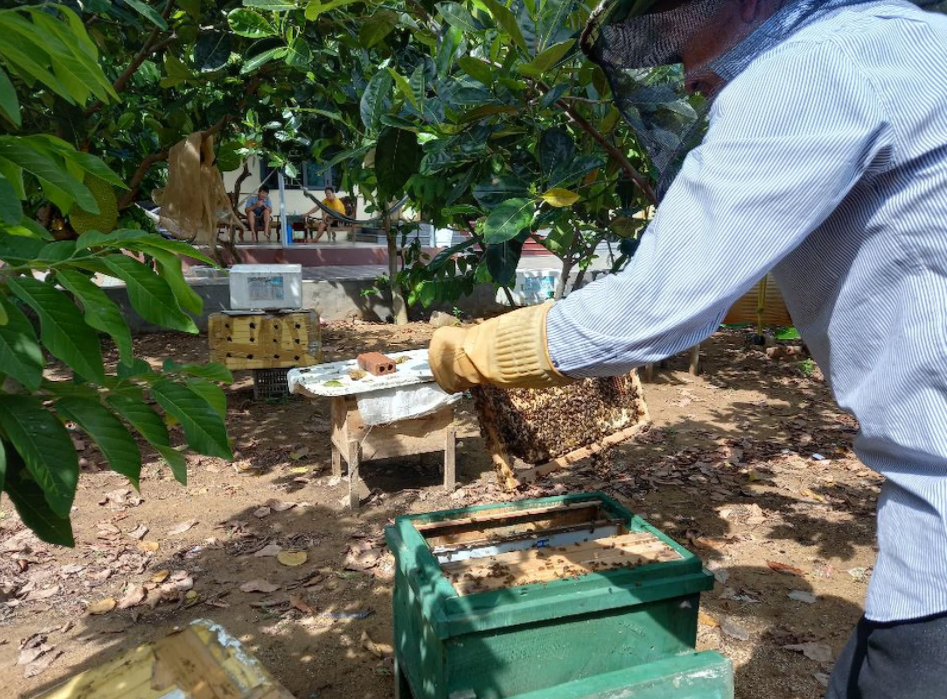
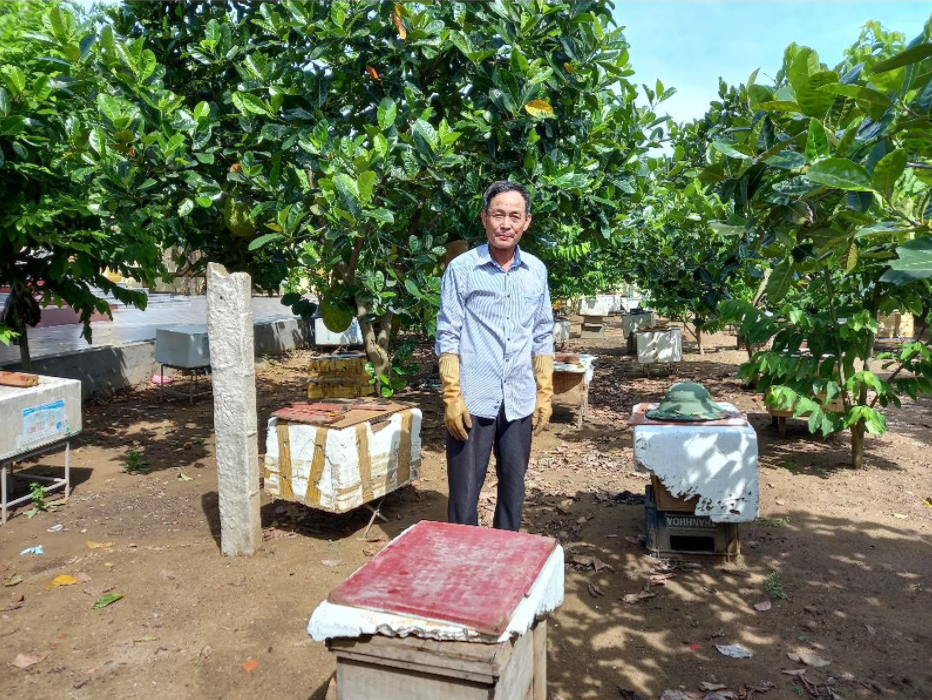
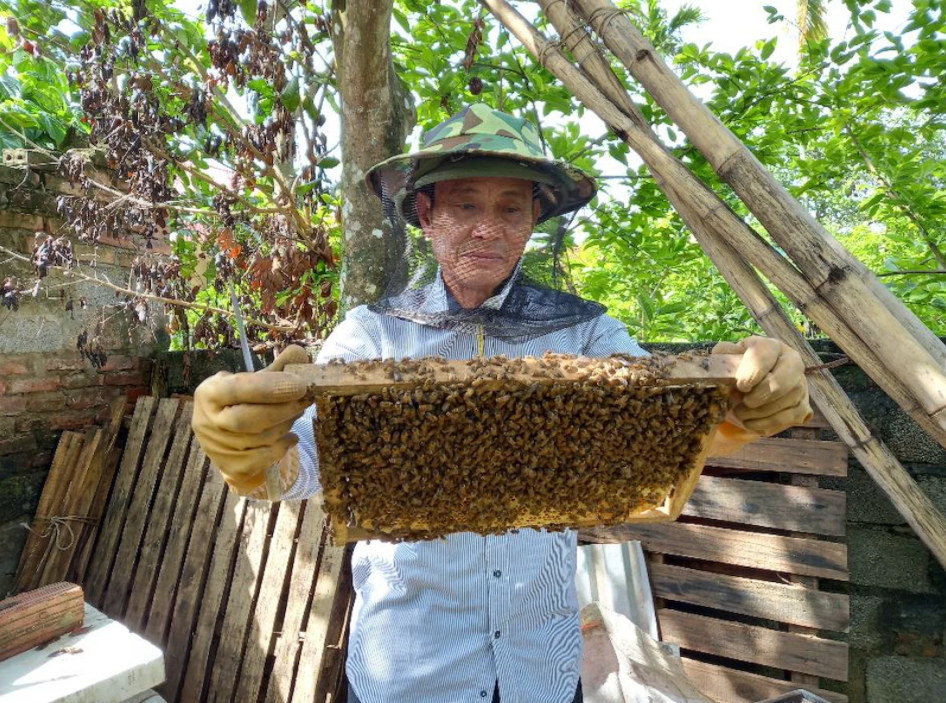
Photo: UNDP Viet Nam/Nguyen Viet Nghi
Many coastal farmers in Da Loc commune rely on mudflats as a source of seasonal income. Each can earn from US$600 to US$900 per year from collecting aquatic resources such as fish, crabs, snails and clams. This catch is unstable, and is not available throughout the year. The project’s mangrove regeneration work, and in particular the newly planted areas, has brought further reduction in these farmers’ regular catch. The strict requirements for maintaining the plantation areas prevent them from gathering as freely as before, affecting their livelihood opportunities and income.
Vu Tan Suu and his family of six cultivate mangrove honey for a living. When he first started his business a few years back, Suu was only able to produce two to three kilograms of honey per bee colony each year, providing a meagre earning that was just enough to get by. They supplemented their small income with the money they received from fish and shellfish, and so when the mangroves were planted, the strict regulations temporarily reduced their small income.
Thanks to the project, however, things are actually looking up for Suu and his family. Its livelihood support activities help families like theirs to improve their income from aquaculture, livestock and beekeeping, thereby compensating for the temporary losses from mangrove regeneration.
Last February, the project provided Suu’s family with two colonies of breeding honeybees, along with the food needed to settle them into their new hives. To enhance their productivity, Suu and others like him were given professional training on beekeeping techniques and methods to improve product quality without using too many commercial additives, harming the bees, or extracting immature honey.
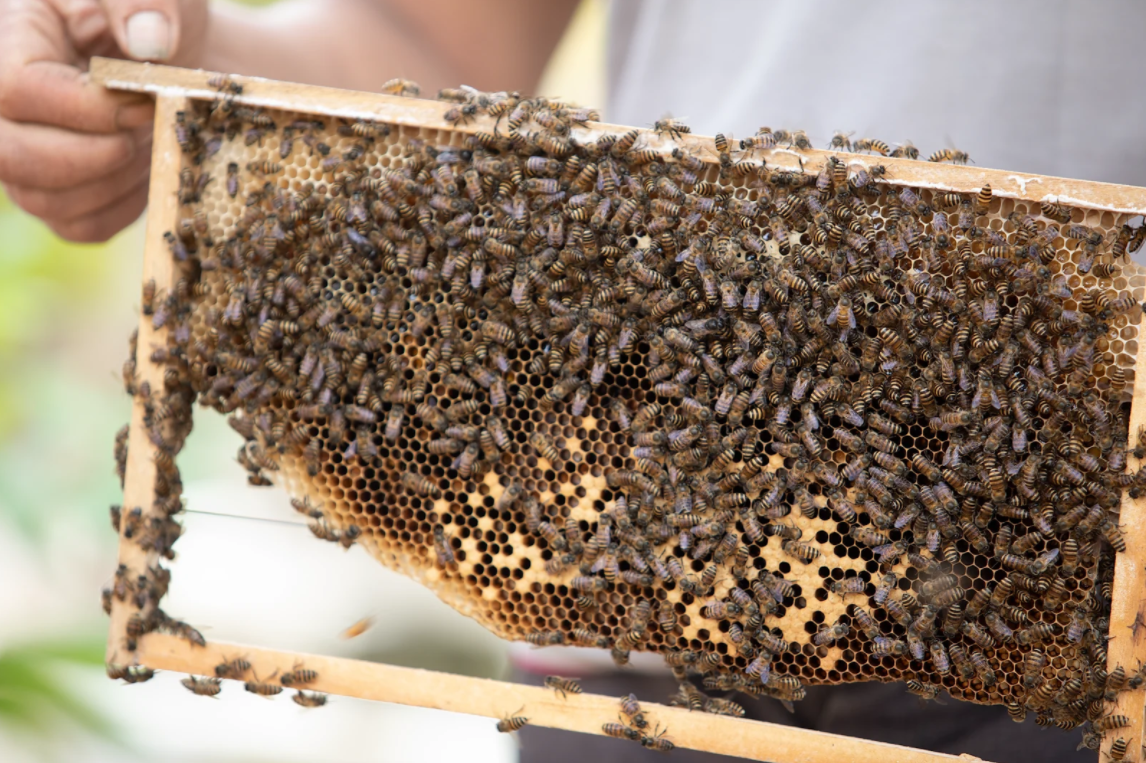
“From the first two hives we received from the project, we’ve been able to grow the number of colonies up to ten so far,” says Suu.
The quality of the honey has also improved significantly. Each colony can produce seven to nine kilograms of honey per year, providing as much as US$8.70 per kilogram. With project support, Suu has significantly increased his production and profit. “Our life has gradually been improving as more and more mangroves are being planted and regenerated,” he added.
For Suu, the support has meant increased yields and better quality, and therefore more income. For farmers who just started beekeeping, like Mr. Bui Chi Cong and Mr. Nguyen Van Nam - two others in Da Loc commune whose households have received project support - their thriving new bee colonies are even more important. They can both earn about US$700-800 per year from their beehives, which have now also multiplied fivefold to ten colonies each and can compensate for the majority of their reduced aquatic catch.
At the outset of the initiative, a total of 84 colonies of breeding honeybees were given to 40 households in Da Loc commune, including Suu’s family. In just seven months, the number of colonies increased to 420.
There is a symbiotic relationship between the bees, the beekeepers, and the mangrove forest. The bees feed on the mangrove flowers, making highly desirable honey free from commercial additives. The mangrove forest benefits not only from the project’s regeneration and reforestation efforts, but also from pollination by the bees. It further acts as both a carbon sink and a natural barrier protecting local communities from floods, while more aquatic resources are found in well-maintained mangrove forests that farmers are able to collect according to regulations.
To continue this initial success, the project is working with the Thanh Hoa Provincial Project Management Unit, the Da Loc Commune People’s Committee, local experts, and 40 members from the beekeeping team to improve honey quality and beekeepers’ income through quality verification and registration, brand development, and market expansion. In addition, the project has supported the setup of a cooperative group for any households interested in working together in the honey business. The group’s members have all been regularly exchanging ideas, techniques, experience, and materials for beekeeping.
This further support is streamlined into the ‘One Commune One Product’ (OCOP) standard that Da Loc commune is targeting in 2021.


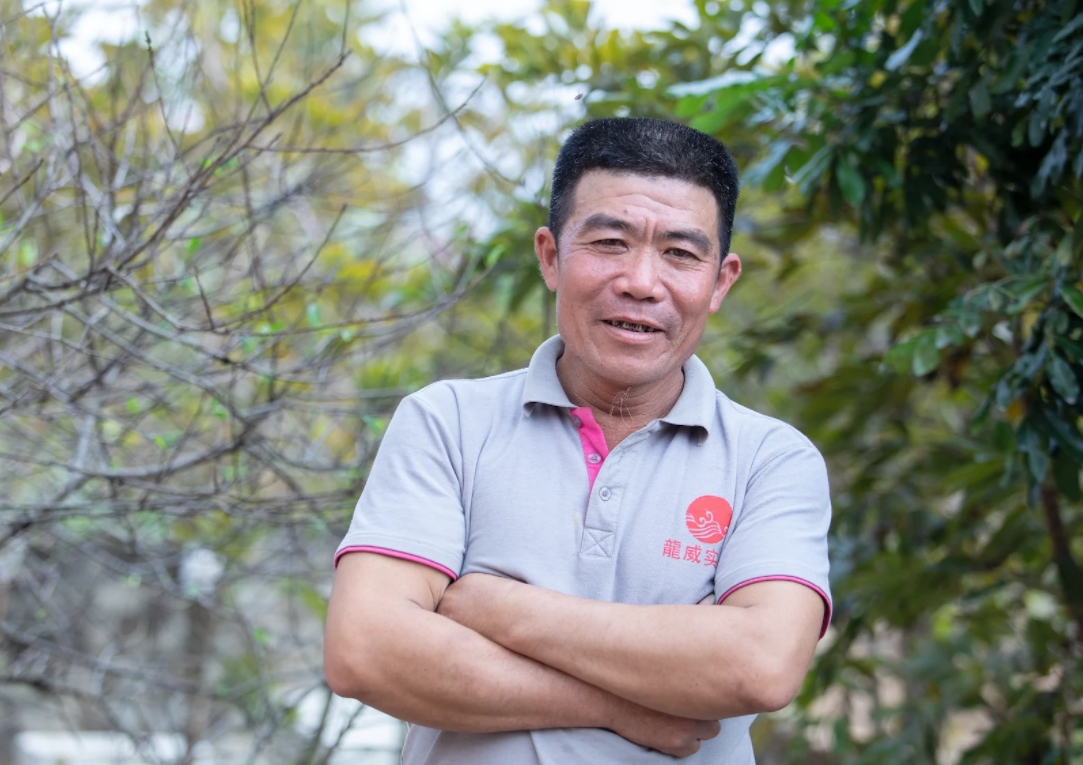
Photo: UNDP Viet Nam/Vu Ngoc Dzung
“Through the project more than 3,300 hectares of mangrove forest have been planted and regenerated, with multiple positive effects. Firstly, we have reduced greenhouse gas emissions by almost 180,900 tons of CO2. Secondly, the project’s mangroves also serve as an essential buffer to storm surges, protecting more than 129,000 people. Thirdly, and importantly, this provides livelihoods for some 500 households,” highlighted Caitlin Wiesen, UNDP Resident Representative in Viet Nam. “By supporting shrimp farming, beekeeping and other alternative livelihoods, we can regenerate and manage the mangrove with local participation while ensuring the coastal vulnerable poor and near-poor people are not left behind,” she added.
The project continues to promote alternative livelihoods for vulnerable coastal communities living on the frontlines of the climate crisis. In addition to beekeeping, these initiatives also include raising ducks and chickens or intercropping black tiger shrimp with green crabs and tilapia to incentivize sustainable aquaculture through protecting the ecosystem, improving biodiversity, and ensuring economic opportunities. These initiatives benefit the economy, benefit the people, and benefit the planet.